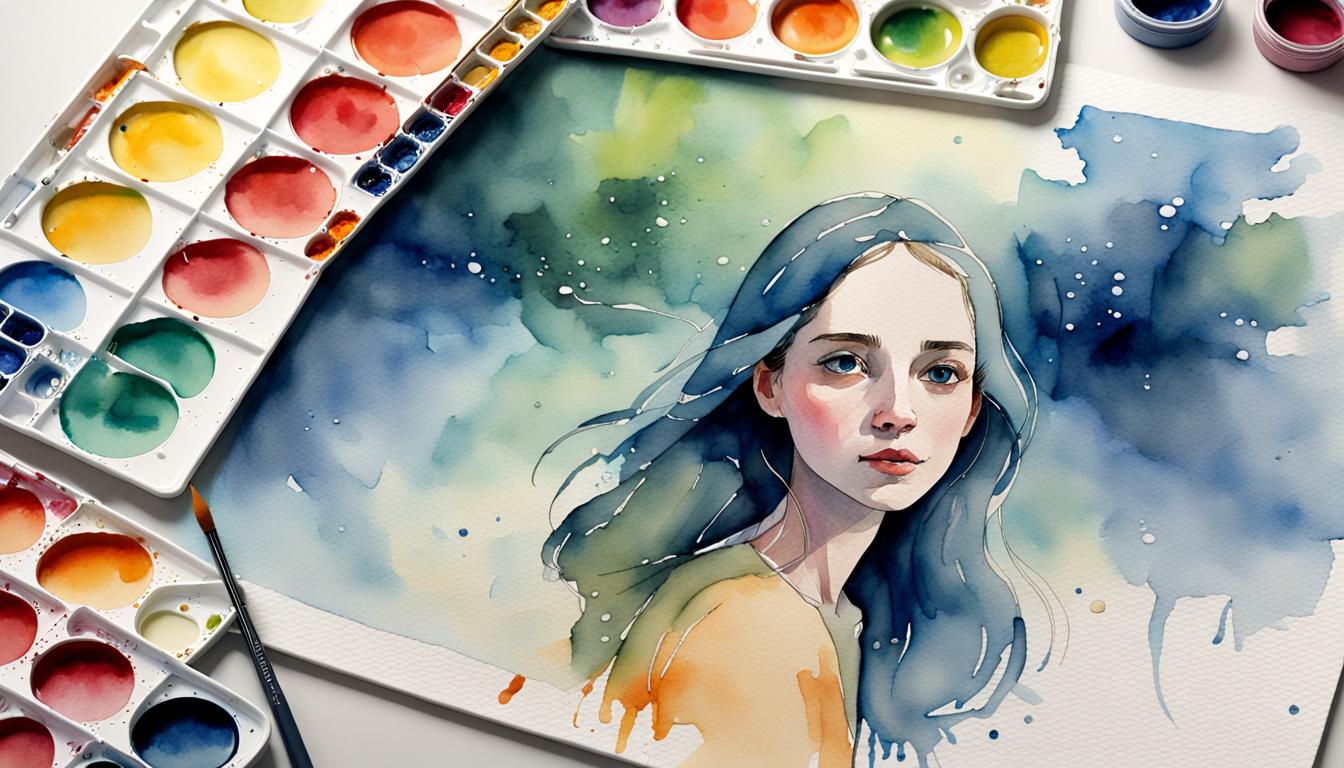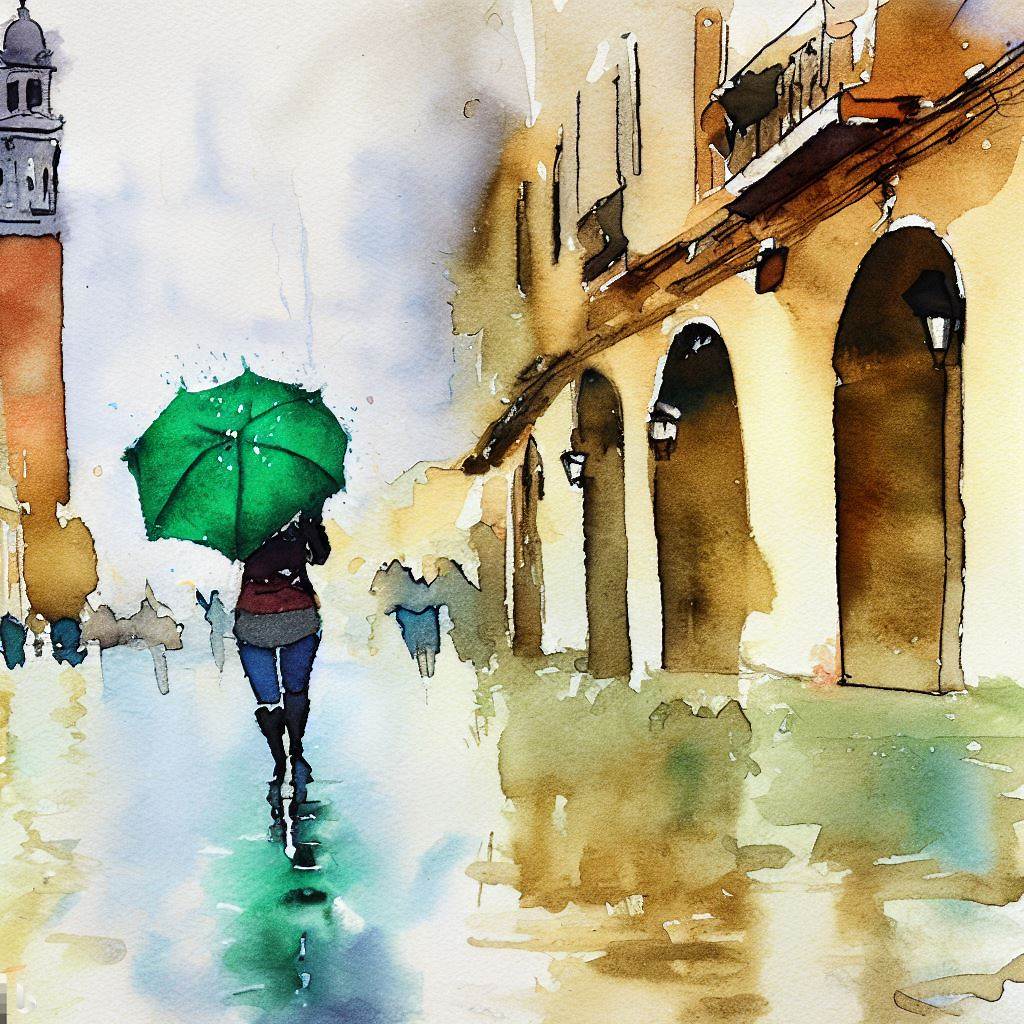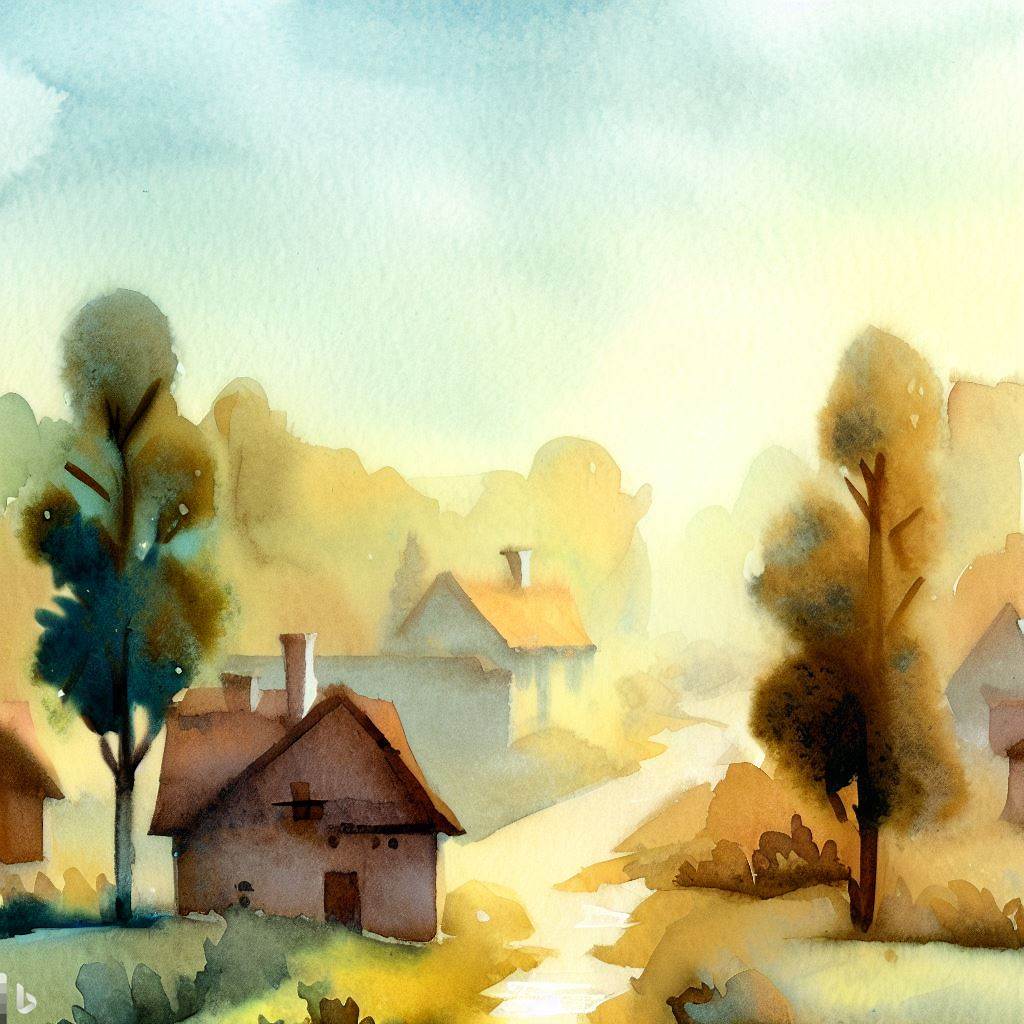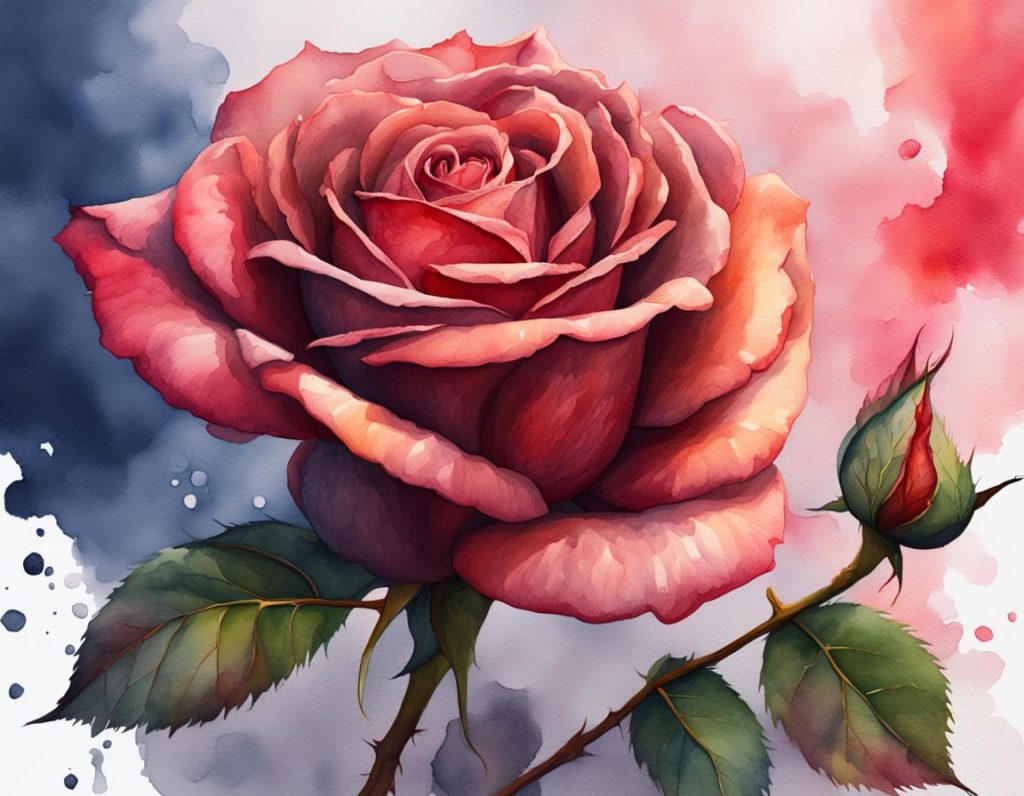
Watercolor Painting Techniques
Watercolor painting is a beautiful art form that allows artists to create stunning and vibrant works of art. One of the key elements is mastering contrast in watercolors. Contrast refers to the differences in value, color, and texture within a painting. It is a vital component that helps create depth and visual interest in the artwork.
To master contrast in watercolor paintings, artists need to understand various techniques and principles. By incorporating these techniques, artists can elevate their artwork to new heights. In this article, we will explore some essential watercolor painting techniques that will help artists create captivating contrast in their artwork.
use contrast in watercolor painting
There are many different ways to use contrast in watercolor painting. Some of the most common techniques involving color theory include:
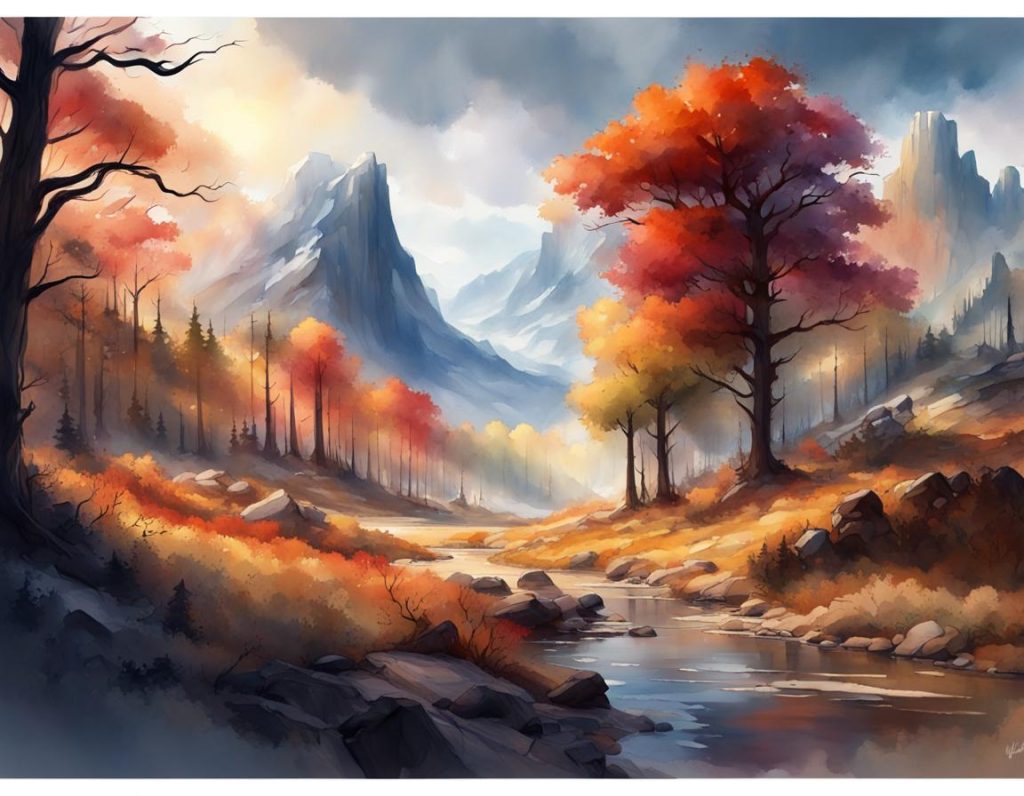
- Value contrast: This is the most basic type of contrast, and it involves using light and dark values to create depth and dimension. For example, a watercolor painting of a landscape might use dark washes of paint to represent the shadows of trees and mountains, and light washes of paint to represent the sky and sunlit areas.
- Color contrast: This involves using colors that are opposite each other on the color wheel to create a striking visual effect. For example, a watercolor painting of a flower might use bright red petals against a dark green background.
- Texture contrast: This involves using different textures to create visual interest. For example, a watercolor painting of a seascape might use rough washes of paint to represent the waves, and smooth washes of paint to represent the sky.
Examples of Artists Who Have Used Contrast in Their Watercolor Paintings
Many famous watercolor artists have used contrast to great effect in their work. Here are a few examples:
- John Singer Sargent: Sargent was a master of value contrast, and he often used dark washes of paint to create dramatic shadows in his portraits.
- Winslow Homer: Homer was a master of color contrast, and he often used bright, saturated colors in his paintings of the American landscape.
- Georgia O’Keeffe: O’Keeffe was a master of texture contrast, and she often used rough washes of paint to create a sense of depth and dimension in her paintings of flowers and landscapes.
These are just a few examples of the many ways that artists have used contrast in their watercolor paintings. Contrast is a powerful tool that can be used to create a wide range of visual effects, and it is an essential element of any watercolorist’s toolkit.
Tips for Creating Contrast in Watercolor
Creating contrast in watercolor paintings can be challenging, but with the right techniques, artists can achieve stunning results. Here are some useful tips to consider when aiming to create contrast in your watercolor artworks:
- Play with light and dark Light and dark values are fundamental in creating contrast. By incorporating areas of light and dark within the painting, artists can add depth and dimension to their work. Experiment with different values by layering washes and adjusting the paint-to-water ratio. Darker values can be achieved by using less water or adding more pigment to the paint mixture.
- Utilize complimentary colors Complementary colors are opposites on the color wheel and can create striking contrast when placed next to each other. For example, if you have a warm-toned area in your painting, consider adding a small area of a cool-toned complementary color nearby to make it stand out. This technique can add visual interest and enhance the contrast in your artwork.
- Incorporate texture Texture can also contribute to the overall contrast in a watercolor painting. Experiment with different techniques such as dry brushing, splattering, or using salt to create interesting textures. Contrasting smooth areas with textured sections can add excitement and visual appeal to your artwork.
- Use varying brush techniques The way you use your brushes can greatly affect the contrast in your watercolor paintings. Play with different brush techniques such as stippling, feathering, or cross-hatching to create a variety of textures and values. Varying the brushwork can add depth and interest to your artwork, enhancing the overall contrast.
- Experiment with different paper and pigments The type of paper and pigments you use can also impact the contrast in your watercolor paintings. Different papers have different absorbency levels, which can affect how the paint spreads and creates values. Similarly, some pigments may have higher or lower opacity, allowing for more or less contrast. Experiment with various combinations to find the best work for your desired contrast.
Exploring Light and Dark in Watercolor Art
Light and dark play a significant role in watercolor art. By understanding how to manipulate light and dark values in your paintings, you can create stunning effects and make your artwork come to life.
Artists can explore light and dark in watercolor art by experimenting with different techniques. One technique is to create a value scale, which is a range of values from light to dark. By practising creating smooth transitions between values, artists can gain better control over the contrast in their artworks.
Additionally, artists can study the effects of light and shadow on real-life subjects. Observing how light interacts with objects and learning to replicate those effects in watercolor can greatly enhance the contrast and realism in your artwork. Pay attention to the direction of light, and highlights, and cast shadows to create a sense of depth and three-dimensionality.
In conclusion, mastering contrast is a vital element in watercolor paintings. With the right techniques and an understanding of light and dark values, artists can create captivating artworks that grab the viewer’s attention. By playing with light and dark, utilizing complementary colors, incorporating texture, using varying brush techniques, and experimenting with different paper and pigments, artists can take their watercolor paintings to new heights. So go ahead, dive into the world of watercolor, and explore the endless possibilities that contrast brings to your artworks.
